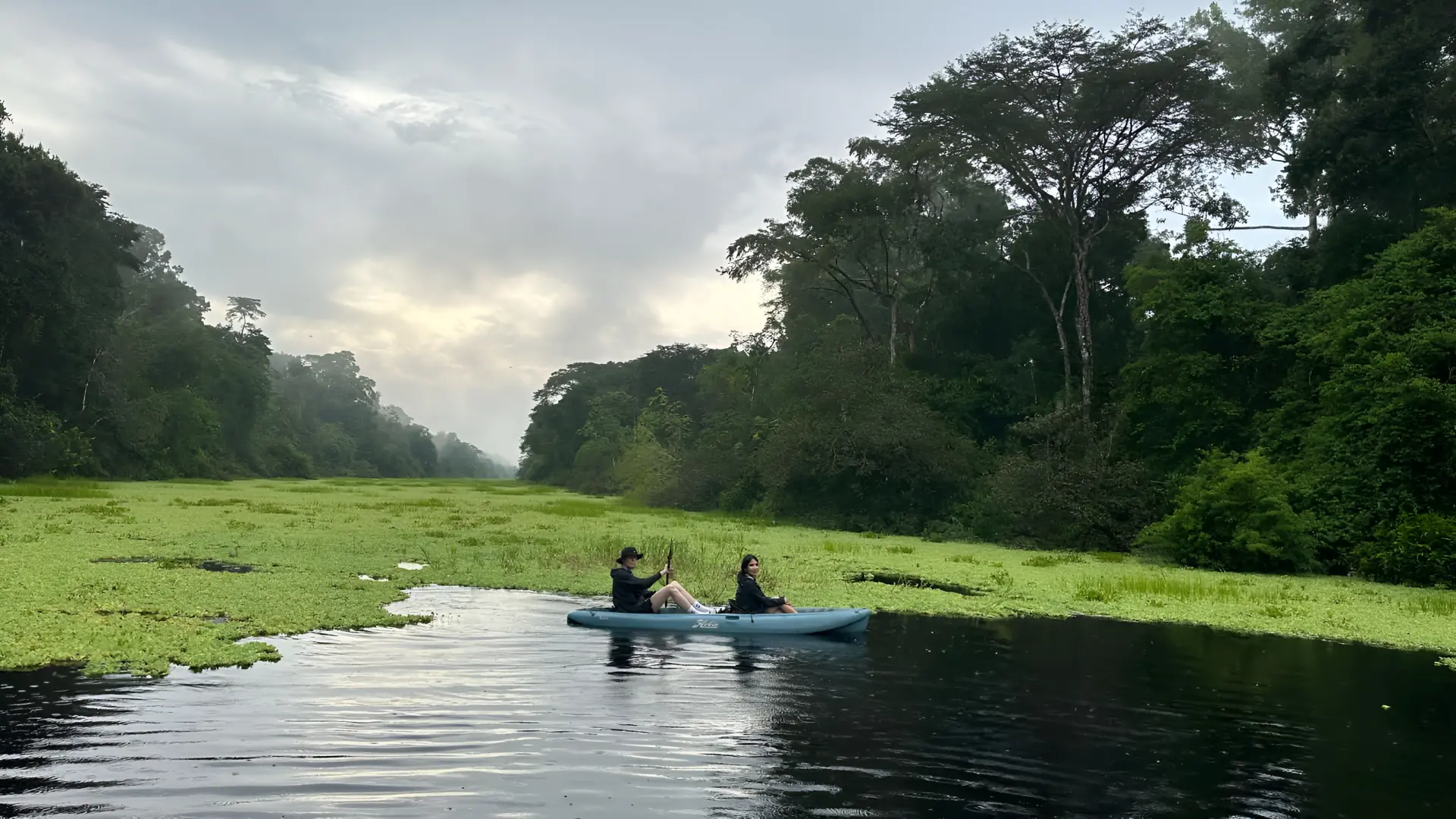The Photography Expedition in Iquitos is a one-of-a-kind adventure: you’ll be able to capture the wildlife of the Peruvian Amazon with your camera. Iquitos is the largest city in the Peruvian jungle, accessible only by air or river. From there, wildlife photo tours in Iquitos depart towards natural reserves filled with toucans, jaguars, pink river dolphins, and more.
How to Get to Iquitos
To start your Photography Expedition in Iquitos, you must first arrive in this isolated Amazonian city. There are no roads connecting it to the rest of the country, so the fastest and most comfortable way is to fly from Lima or Cusco. There are daily flights from Lima (1h45 flight), and there are also direct flights from Cusco several times a week.
Another adventurous option is to arrive by river: boat or speedboat trips up the Amazon or the Nanay River, although this takes several days. Once you arrive, boat-based photo tours take you deep into the jungle and to remote eco-lodges.
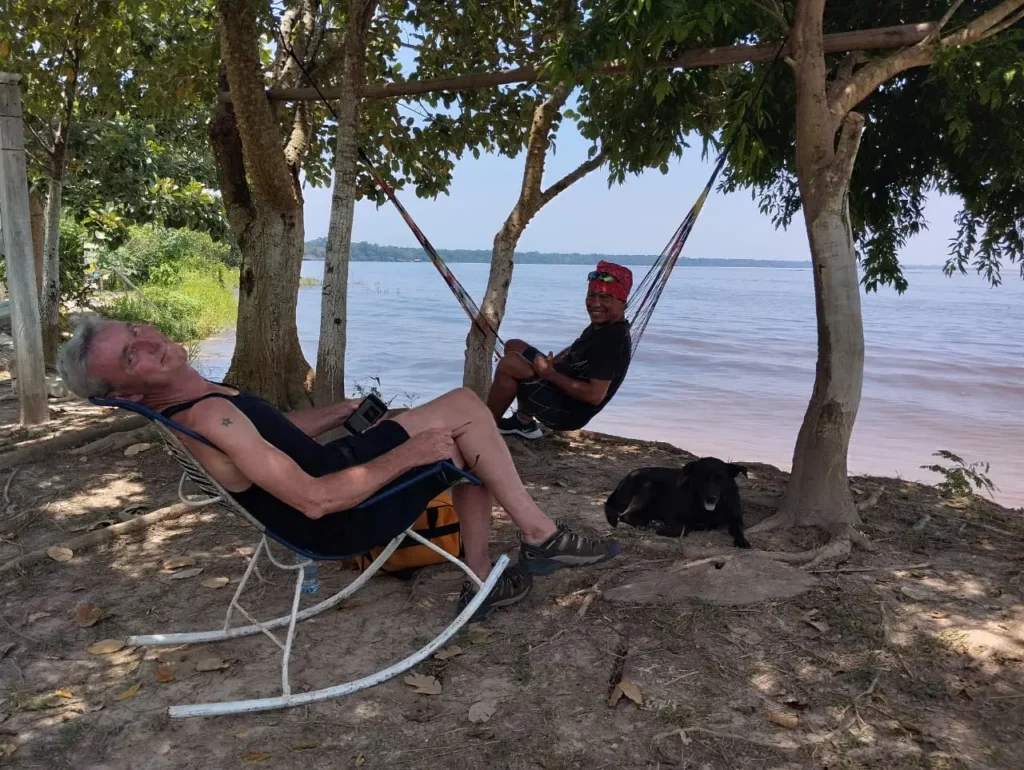
Wildlife and Nature Photography in Iquitos
Iquitos is the gateway to one of the most biodiverse regions on the planet. The area is home to thousands of species: over 1,300 birds, 400 mammals, 350 reptiles, and 40,000 plants. It’s a true paradise for wildlife photography in Iquitos.
1. Bird Photography in Iquitos
In the skies and trees of Iquitos, brightly colored birds fascinate photographers. You can find scarlet macaws, blue macaws, toucans with multicolored bills, and Amazon parrots. The Allpahuayo Mishana Reserve is home to around 475 bird species, many of them endemic.
Birdwatching tours in Iquitos usually depart at sunrise, when the birds display their plumage in the jungle mist. From tiny hummingbirds to giant toucans, birds are the undisputed stars of any Amazonian photo adventure.
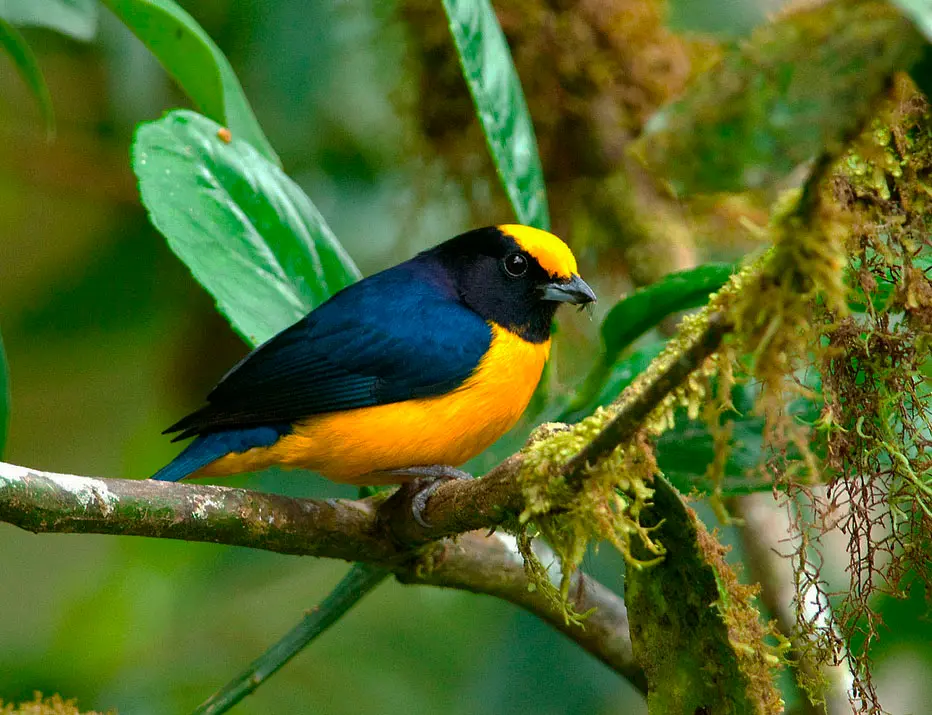
2. Amazon Mammal Photography
Among the terrestrial fauna, Amazon mammals stand out. In nearby reserves such as Pacaya Samiria, more than 100 species of mammals have been recorded. It’s possible to photograph iconic animals such as the Amazon pink river dolphin, the manatee, the giant river otter, the jaguar, the South American tapir, and several monkey species.
Many tours include nighttime boat rides to spot caimans or twilight walks in search of monkeys and sloths. On Monkey Island, you can photograph up to eight different primate species in their natural habitat.

3. Pink River Dolphins and Aquatic Life
No photographic expedition in Iquitos would be complete without a ride on the Amazon in search of pink river dolphins. This freshwater species is one of the most photographed in the region. During cruises on the Amazon River, it’s common to see pink dolphins and tucuxi dolphins swimming alongside the boats.
The lakes and oxbow rivers of Pacaya Samiria are refuges for these cetaceans. Manatees and capybaras also inhabit the riverbanks. Photographing dolphins leaping or swimming free is a once-in-a-lifetime experience.

4. Amazon Flora and Landscapes in Pictures
The Amazon rainforest offers deep green landscapes and stunning flora. Flooded forests, giant palms, century-old trees, and white sand trails become perfect settings for your photos.
Thousands of plant species have been documented in the region, including exotic orchids, bromeliads, and ferns. Sunsets over the Amazon River provide golden light and magical atmospheres to capture unforgettable images.

Best Places for a Photography Expedition in Iquitos
1. Pacaya Samiria National Reserve
The Pacaya Samiria Reserve is a protected area of more than 20,800 km² near Iquitos. It is famous for its abundant wildlife, including pink river dolphins, manatees, giant otters, jaguars, and monkeys. Its blackwater lakes and swamps provide perfect settings for a photographic safari in the Peruvian Amazon.
2. Allpahuayo Mishana Reserve
The Allpahuayo Mishana National Reserve, just 23 km from Iquitos, is known for its white-sand forests. Covering nearly 60,000 hectares, it is home to 475 bird species, 145 mammals, and hundreds of endemic plants. It is ideal for photographing exotic birds and Amazonian flora.
3. Amazon River and its tributaries
A journey along the Amazon River is an unforgettable experience. A photography cruise allows you to capture dolphins, exotic birds, and unique river landscapes. Sunrises and sunsets over the river are key moments to achieve high-quality shots.
4. Local communities and cultural experiences
In a photography Expedition in Iquitos, it’s not just about wildlife: you can also capture the local culture. Indigenous communities such as the Bora, Yagua, and Kukama offer immersive experiences for cultural photography. The Belén Market is the perfect place to capture authentic scenes of Amazonian life.
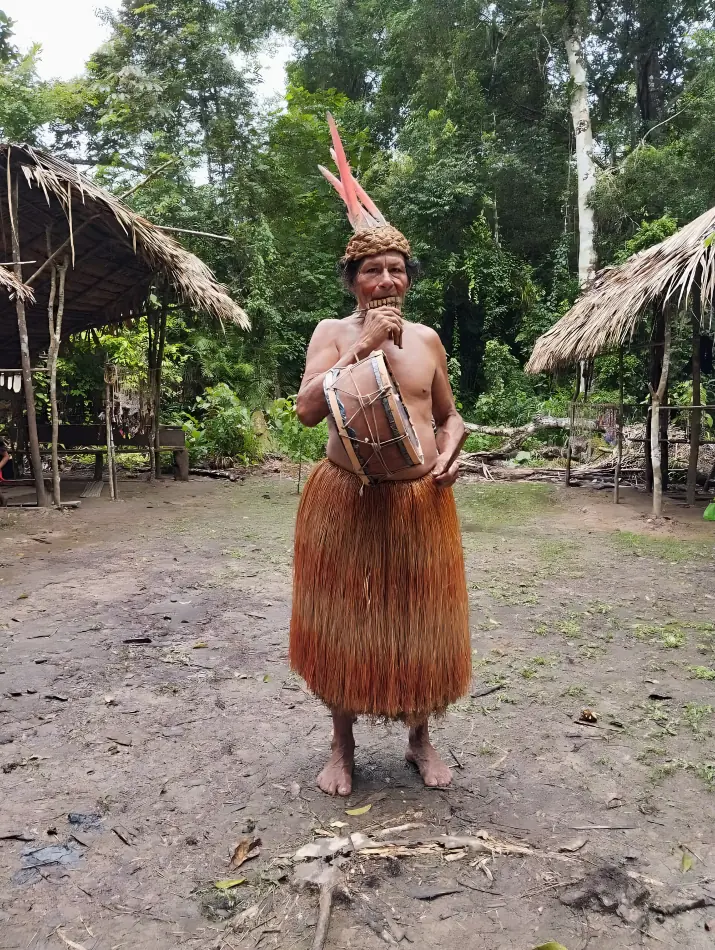
Best Season for Photography in Iquitos
The climate in Iquitos has two main seasons: dry (May to September) and rainy (October to April). The best time for photography in Iquitos is the dry season, when there is less rain and animals gather along the riverbanks and lagoons.
During the rainy season, the rainforest floods and landscapes become even more lush and vibrant, but access to some areas is more difficult. Sunrises and sunsets offer the best natural light for your photos.
Practical Tips for Your Photography Expedition in Iquitos
- Recommended equipment: Camera with telephoto lens, wide-angle lens, extra batteries and memory cards. Use a waterproof case and a lightweight tripod.
- Clothing and protection: Quick-dry clothing, rubber boots, insect repellent, sunscreen, and a rain poncho.
- Local guide: Travel with an expert in wildlife and nature photography. A reliable option is Travel Peru Agency, which offers specialized tours.
- Preparation: Allow enough time to capture wildlife calmly, protect your gear, and practice before your trip.
- Environmental respect: Keep a safe distance from animals, don’t leave trash, and always follow your guide’s recommendations.
Frequently Asked Questions about the Photography Expedition in Iquitos
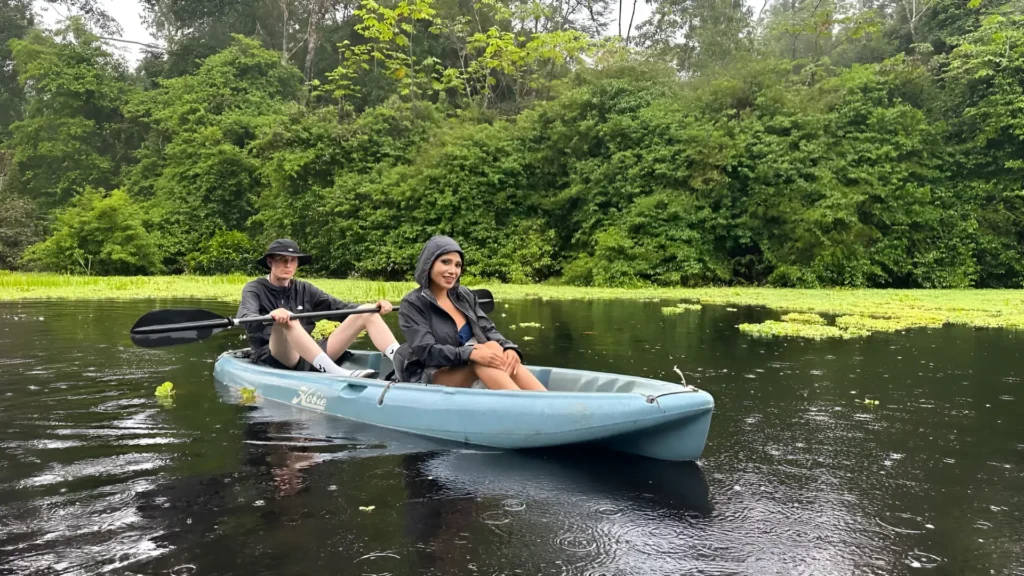
1. How to get to the Allpahuayo Mishana National Reserve from Iquitos?
You can reach it via the Iquitos–Nauta road, up to km 28, or by navigating the river to the Ninarumi community. From there, mototaxis and boats take you to the reserve’s checkpoint.
2. What is the best season for the photography Expedition in Iquitos?
The best time is the dry season (May to September). Animals gather near the water, and the trails are more accessible.
3. What equipment should I bring for nature photography in the Amazon?
A camera with a telephoto lens, wide-angle lens, lightweight tripod, and protection against humidity. Also, bring appropriate clothing, a rain jacket, and rubber boots.
4. Which agency is recommended for photography tours in Iquitos?
We recommend Travel Peru Agency, a reliable company that organizes wildlife photography tours in Iquitos with specialized guides.
5. What should I bring on a photography tour in the jungle of Iquitos?
Bring a flashlight, basic first-aid kit, insect repellent, water, quick-dry clothing, and a rain jacket to protect your gear. Traveling light will allow you to move more easily.
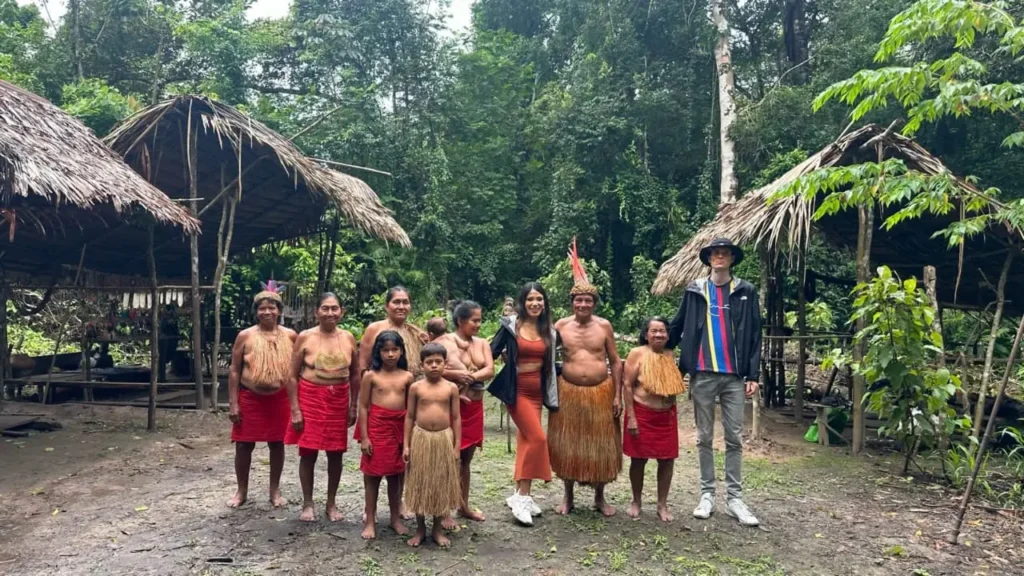
The photography Expedition in Iquitos is an immersive experience that combines nature, adventure, and culture. It is a unique journey in the Peruvian Amazon, where you can photograph pink river dolphins, toucans, monkeys, and, with luck, jaguars deep in the jungle. You will also experience cultural encounters with local communities and enjoy magical sunsets over the Amazon River, blending nature photography, adventure, and Amazonian culture in a single trip. Contact us and book your wildlife photography trip in the Peruvian jungle.
